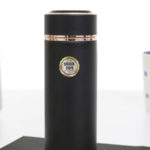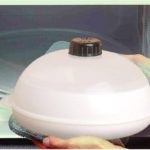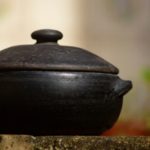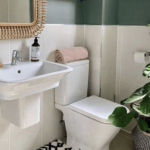The enameled pot is an eye-catching addition to any kitchen with its sleek and glossy finish. At first glance, it stands out as a unique piece of cookware that resembles a work of art.
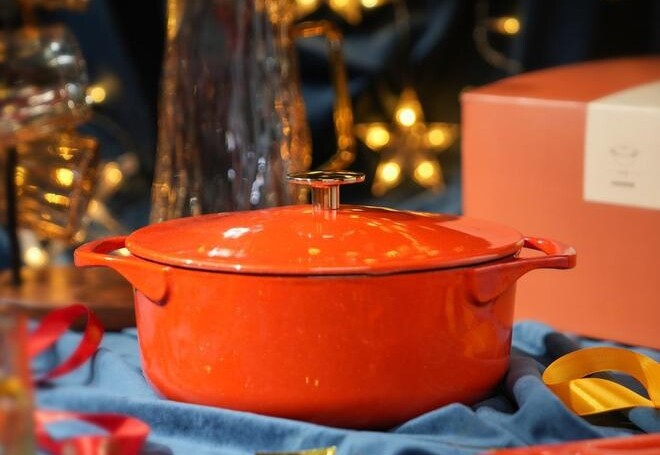
Its enamel coating not only enhances its aesthetic appeal but also makes it a sturdy and airtight cooking vessel, ideal for soups and stews. The enamel surface effectively locks in flavors and nutrients, resulting in more delicious and nutritious meals.
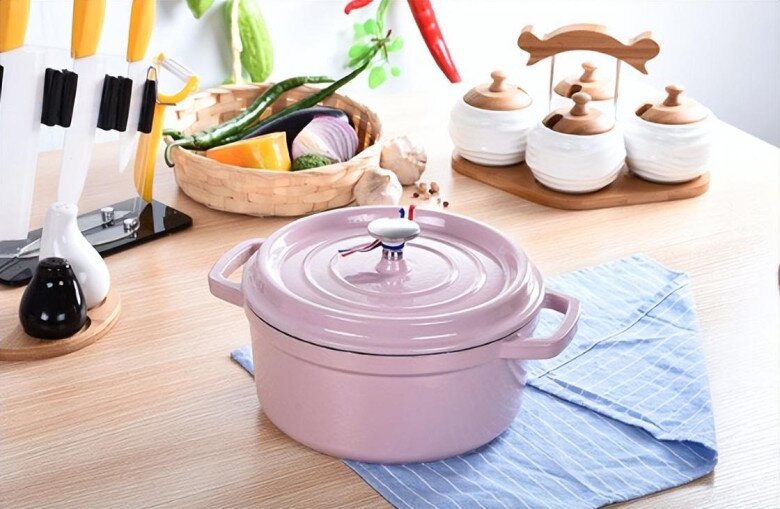
One of its notable features is its excellent heat retention, ensuring your food stays warm and delicious for longer. It’s also perfect for slow cooking, evenly heating your ingredients and infusing them with flavor. Additionally, the enamel pot is gas-efficient due to its unique material properties.
However, despite its advantages, the enamel pot has its drawbacks, which have led to its inclusion on some people’s kitchen “blacklist” in recent years:
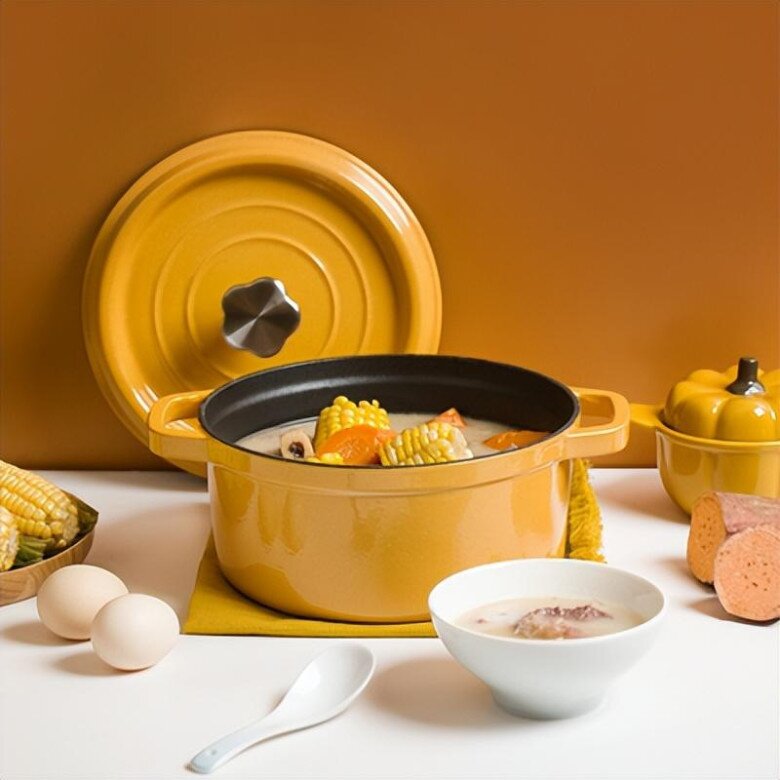
1. Hefty Weight: The enamel pot’s substantial weight makes it cumbersome to use and clean. For those with less physical strength, maneuvering it can be challenging.
2. Prone to Sticking: Like any other pot, the enamel pot’s sticking tendency depends on usage. However, it often sticks during cooking, impacting cooking efficiency and making cleanup more difficult.
Additionally, frequent cooking of dark-colored foods can cause the inner white enamel to turn yellow, affecting its appearance.
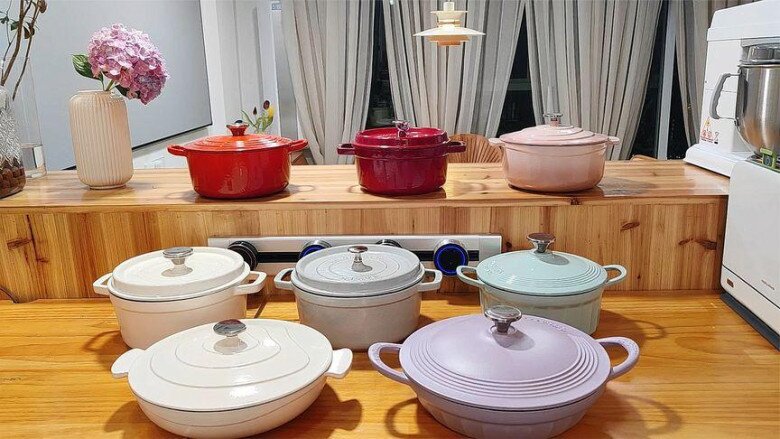
3. Cleaning Challenges: Cleaning the enamel pot can be a headache. The unique material requires specific cleaning methods and tools to avoid damage or rusting. It’s crucial to dry the pot thoroughly after washing and avoid sealing it with the lid to prevent rusting.
Additionally, avoid using dish soap and opt for hot water or plain water instead. If there’s grease, add a little water and boil it to loosen the residue.
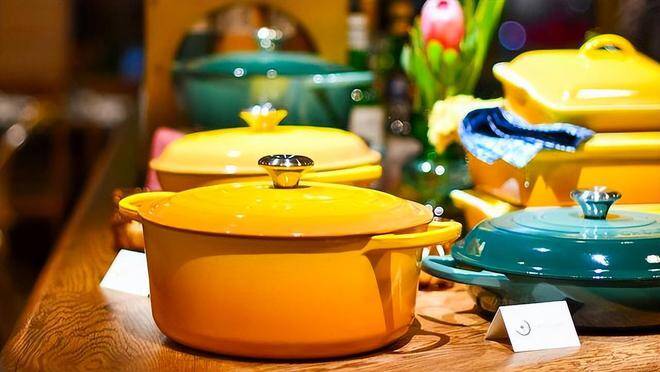
4. Prone to Chipping and Scratching: The enamel pot is susceptible to chipping and scratching if dropped or mishandled. Sudden temperature changes, such as placing it in cold water or on a cold surface after cooking, can also cause the enamel to crack or chip. To protect the surface, avoid drastic temperature fluctuations.
It’s also not suitable for prolonged high-heat cooking, especially without food or liquid, as it can damage or discolor the enamel coating.
While the enamel pot has a degree of hardness and durability, it can still be scratched or chipped by sharp objects like knives and forks.
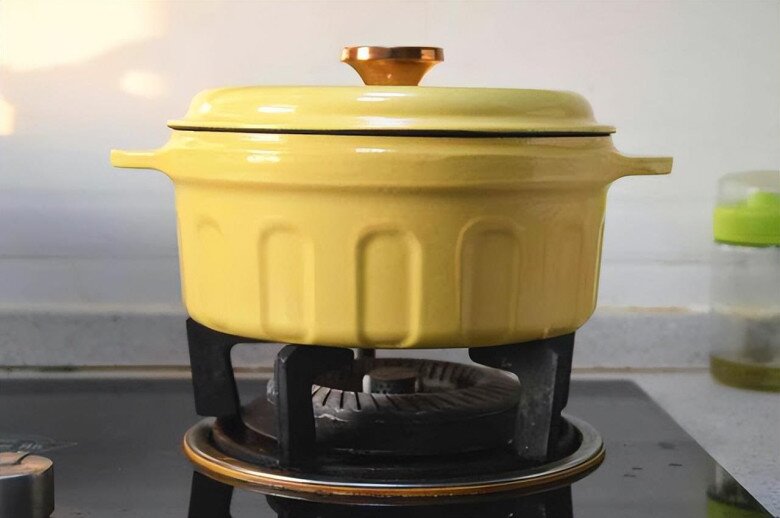
5. Limited Functionality: The enamel pot is primarily designed for stewing and isn’t suitable for other cooking methods like stir-frying or deep-frying due to its low temperature and slow cooking nature.
There are more affordable and versatile options, such as stew pots, that offer similar functionality, making them a more popular choice for many home cooks.
How to Use Your New Vacuum Flask the Right Way
Introducing the ultimate guide to extending the lifespan of your brand new vacuum flask. Uncover the secrets to maintaining your flask’s pristine condition and optimal performance. This comprehensive article will reveal the essential do’s and don’ts, ensuring your flask remains your trusted companion for years to come. Learn how to care for your flask from day one and enjoy its benefits to the fullest.
Is Ceiling-Mounted Air Conditioner Installation Safe?
The decision to install a ceiling-mounted air conditioner comes with its own set of advantages and disadvantages that need to be carefully considered. It’s important to weigh these factors before making any choices that could impact your comfort and wallet. Join us as we explore the pros and cons of this cooling option and help you make an informed decision for your space!

























